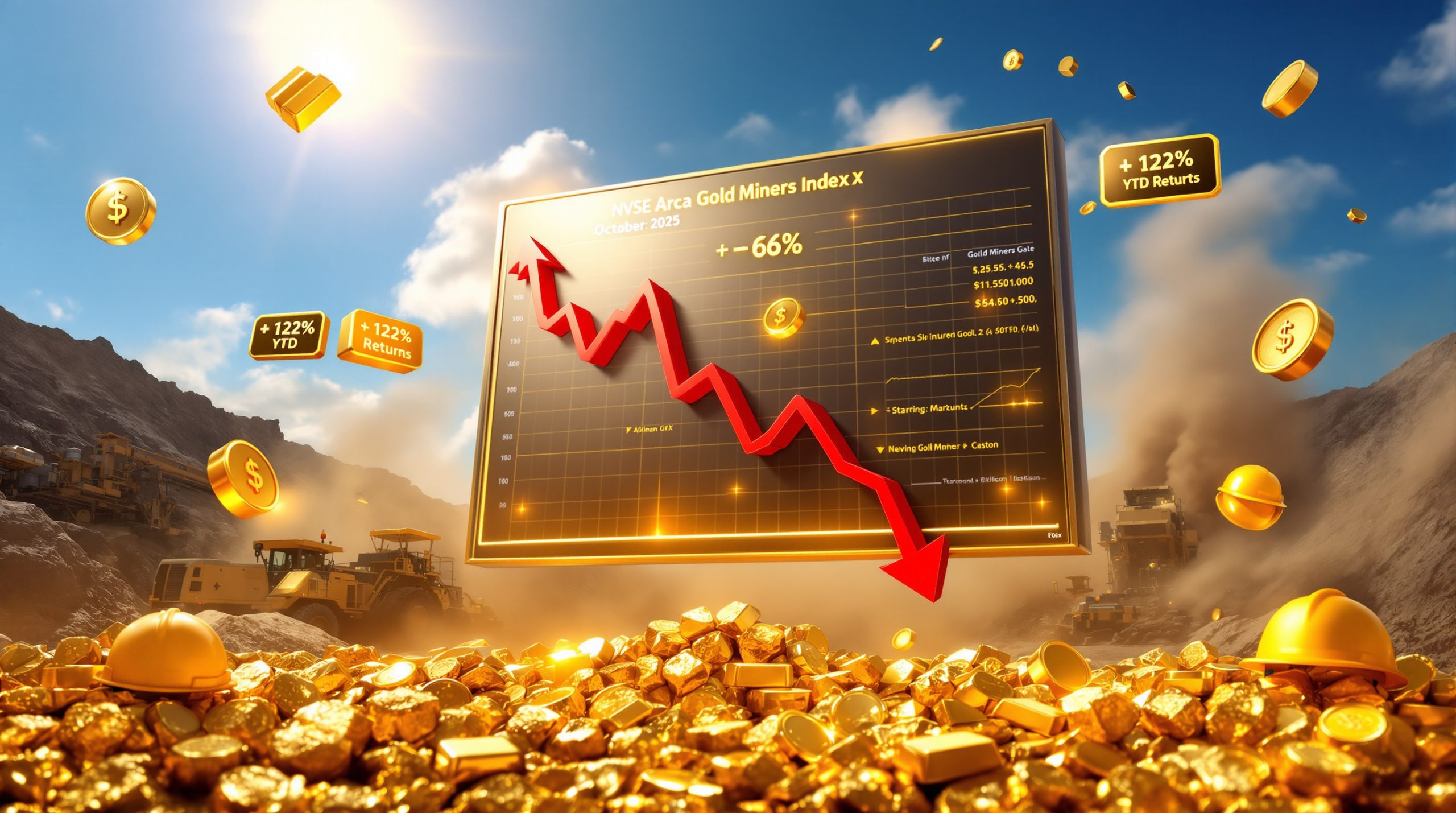What is Caremag's €216 Million Rare Earth Plant Project in France?
Caremag raises €216 million to build rare earths plant in France is a groundbreaking investment that marks a new chapter for European rare earth production. Caremag SAS is spearheading a €216 million ($235 million) investment to establish Europe's first integrated rare earth processing facility in Lacq, southwestern France.
This strategic initiative represents a pivotal move in Europe's quest for critical materials independence. It combines both recycling and refining capabilities under one roof while setting the stage for localised production. Furthermore, the project reflects growing momentum similar to the critical role of mining in the clean energy transition.
Why is Europe Investing in Rare Earth Production?
Europe's push into rare earth production stems from urgent strategic concerns regarding supply chain security. Currently, China maintains complete control over commercial production of heavy rare earth oxides, essential for green technology. Additionally, the European Critical Raw Materials Act sets ambitious goals for domestic production by 2030.
European investments in rare earths contribute significantly towards decarbonising mining for a clean energy revolution. In addition, the project helps secure sustainable inputs while reducing reliance on external suppliers. Notably, these challenges occur amidst the critical minerals race amid global tensions.
What Will Caremag's Rare Earth Plant Produce?
Caremag's facility is designed to produce four critical rare earth oxides essential for high-performance permanent magnets. It is set to generate 600 tonnes per year of heavy rare earth oxides, primarily dysprosium and terbium. This output constitutes roughly 15% of global production capacity for these elements.
Moreover, the plant will produce 800 tonnes annually of light rare earth oxides like neodymium and praseodymium. These elements are vital for NdFeB magnets, crucial in electric vehicle drivetrains and wind turbine generators. As a result, the project supports sustainable innovations similar to decarbonising mining for a clean energy revolution.
How Will the Lacq Plant Operate?
The Lacq facility employs a dual-stream processing approach that marks a technological breakthrough for European manufacturing. The first stream recycles approximately 2,000 tonnes of end-of-life rare earth magnets annually from wind turbines, industrial motors, and electric vehicles.
Concurrently, the second stream refines 5,000 tonnes of rare earth mineral concentrates each year. These concentrates, typically derived from minerals like monazite and xenotime, contain the heavy rare earths that are scarce in European deposits. Consequently, the project utilises cutting-edge hydrometallurgical processes developed over many years.
Who is Financing the €216 Million Investment?
The €216 million investment showcases a novel international financing structure balancing strategic and commercial interests. A Japanese contingent, including the Japan Organization for Metals and Energy Security (JOGMEC) and Iwatani Corporation, has committed €110 million. This commitment is highlighted in japanese investment commitment news.
The French government has allocated €106 million through direct subsidies under the France Relance programme, repayable advances, and Green Industry tax credits. This public-private partnership model is similar in spirit to the Australian government boost for Iluka’s rare earth refinery. Analysts predict profitability within three years of full operation if market conditions remain stable.
What Supply Agreements Has Caremag Secured?
Caremag has secured a landmark long-term supply agreement with Stellantis, one of Europe's largest automotive manufacturers. The 10-year contract guarantees the delivery of 3,400 tonnes of rare earth oxides, averaging 340 tonnes per year.
Notably, 36% of these materials must come from recycled sources, in line with EU circular economy objectives. This arrangement reinforces sustainable practices similar to transforming the mining industry with ESG and sustainability strategies. In addition, Japanese investment partners have secured priority access to a portion of the facility's output, supporting global supply chain diversification.
How Does This Project Impact the Global Rare Earth Market?
Caremag's entry into rare earth production is set to challenge China's near-monopoly in heavy rare earth processing. Currently, China controls almost 100% of commercial heavy rare earth oxide production. By introducing 600 tonnes of annual dysprosium and terbium oxide capacity, the project may reduce China's market share to around 85%.
This shift is not merely quantitative but holds significant political and economic symbolism. Furthermore, European-produced heavy rare earth oxides could command a 10-15% premium over Chinese materials due to sustainability and supply chain transparency. The project exemplifies how innovation can shift the dynamics of a critical global industry.
What Are the Environmental Implications of Rare Earth Recycling?
Caremag's hybrid approach offers significant environmental advantages. Recycling rare earth magnets can reduce carbon footprints by 60-80% compared to traditional mining methods. In addition, this method eliminates radioactive waste streams associated with conventional extraction processes.
Environmental benefits include:
• Reduced energy consumption
• Lower waste generation
• Minimized environmental liabilities
Moreover, the facility is designed to exceed European environmental standards, utilising closed-loop water systems and advanced effluent treatments. These measures further support initiatives in the critical role of mining in the clean energy transition.
What Challenges Does Caremag Face in Establishing European Rare Earth Production?
Despite its promising outlook, challenges remain. The separation of individual rare earth elements is one of the most complex hydrometallurgical processes, requiring hundreds of sequential extraction stages. Furthermore, securing consistent recycled feedstock is problematic due to the lack of comprehensive collection systems in Europe.
Competition from established Chinese producers presents another challenge. China's industry benefits from decades of experience and government support, which has previously been used to undercut emerging Western producers. Nevertheless, Caremag's advanced technology and strategic partnerships help mitigate these risks.
FAQ: Rare Earth Elements and Electric Vehicle Production
What are rare earth elements and why are they critical for EVs?
Rare earth elements comprise 17 metallic elements, including key lanthanides like neodymium, praseodymium, dysprosium, and terbium. In electric vehicles, these elements are essential for manufacturing the powerful permanent magnets required in motors and generators.
How does rare earth recycling work compared to traditional mining?
Recycling starts with collecting end-of-life magnets, which are then demagnetised, crushed, and chemically processed to separate and purify rare earth elements. This process consumes less energy, generates less waste, and avoids the radioactive byproducts typical of traditional mining.
What is the current state of rare earth supply chains in Europe?
Europe remains nearly 100% dependent on imports for rare earth oxides, mostly from China. Although some mixed rare earth concentrates are produced locally, further processing is carried out outside Europe. Several projects are underway aiming to reverse this dependency.
How will this project affect EV manufacturing costs and sustainability?
While rare earth materials typically represent only 1-2% of total EV manufacturing costs, localised production improves supply chain resilience and sustainability. Increased recycled content could reduce the embedded carbon footprint of electric vehicles by 2-3%, benefitting long-term environmental goals.
What's Next for European Rare Earth Supply Chain Development?
Beyond the Caremag project, other initiatives across Europe are advancing rare earth production and recycling. Projects such as Neo Performance Materials’ separation facility in Estonia and recovery efforts from existing ore in Sweden signal further diversification of the supply chain.
Key future trends include:
• Technological advancements in recycling methods
• Increased recovery rates and reduced processing costs
• Expansion of European supply networks
Moreover, as Europe transitions toward a greener economy, ensuring a localised, secure, and environmentally responsible supply of rare earth elements is vital. This need is underscored by the growing demand for critical materials in both civilian and defence applications.
Throughout this evolving landscape, the project—Caremag raises €216 million to build rare earths plant in France—serves as a milestone in Europe’s quest for self-reliance. It is the second mention of the primary keyword. Later discussions on supply agreements and the global market echo the importance of this investment. Near the conclusion, strategic insights from industry analysts reinforce that Caremag raises €216 million to build rare earths plant in France is a pivotal development. Finally, the entire initiative highlights how Caremag raises €216 million to build rare earths plant in France can serve as a model for future European energy strategies.
In addition, innovative projects such as this one are gaining international attention. For instance, recent updates from french recycling plant launch illustrate the global race to secure critical raw materials. As the market diversifies, collaboration and continued investment will be key to realising a sustainable future.
Looking for the Next Major Mineral Discovery Before Everyone Else?
Discovery Alert's proprietary Discovery IQ model instantly identifies significant ASX mineral discoveries like rare earths, providing immediate trade alerts before the wider market responds. Visit the Discovery Alert discoveries page to see how early identification of game-changing announcements has historically delivered exceptional returns for investors.




